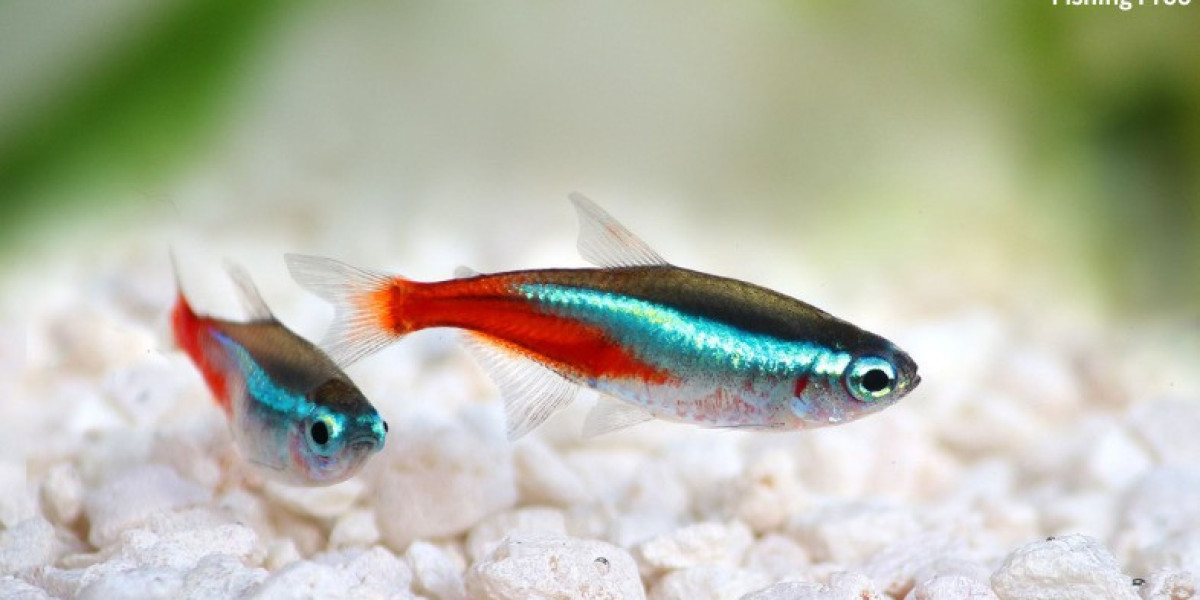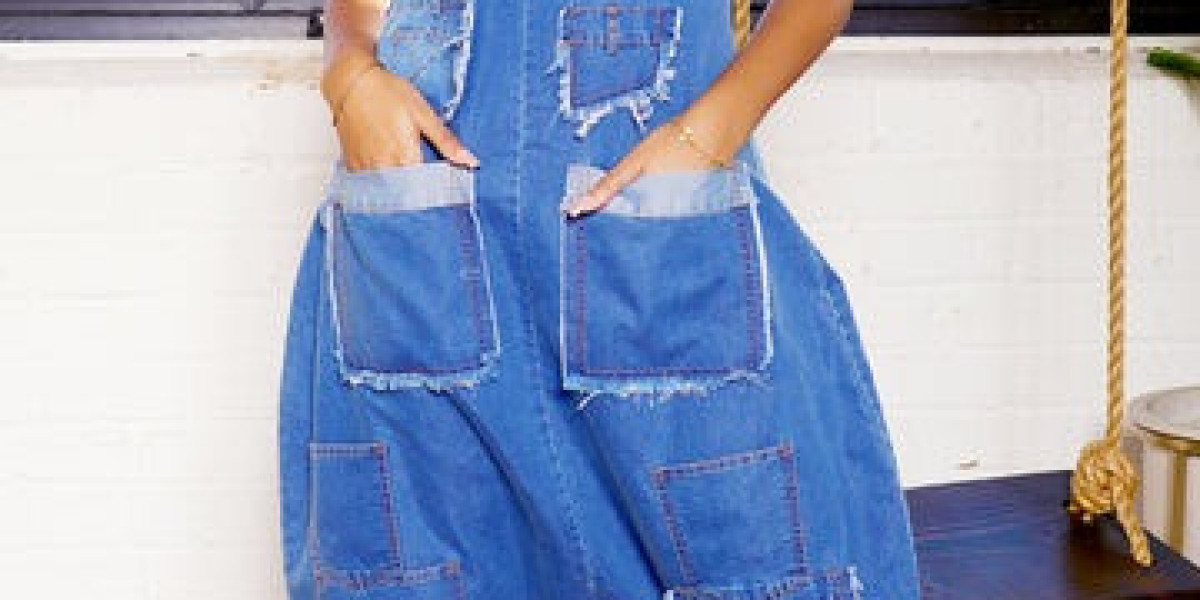Introduction
Crib fishing, also known as cribbing, is a technique employed by anglers to attract fish by creating artificial underwater structures. These structures mimic natural habitats and provide shelter and security for various fish species. Understanding the intricacies of crib fishing can significantly enhance your angling success. Let's delve deeper into what crib fishing entails and how you can effectively utilize this method to reel in your next big catch.
What Are Cribs in Fishing?
Cribs in fishing refer to man-made structures constructed underwater to attract fish. These structures are typically made from materials such as wood, rocks, concrete blocks, or metal pipes. They serve as artificial habitats for fish, providing refuge from predators and favorable conditions for feeding and breeding.
Benefits of Using Cribs in Fishing
- Increased Fish Population: Cribs act as magnets for fish, attracting them to specific areas and increasing the concentration of fish populations.
- Improved Fishing Success: Fishing near cribs often yields better results as they provide shelter and food sources, making it easier to locate and catch fish.
- Year-Round Fishing Opportunities: Cribs can be effective throughout the year, offering anglers consistent fishing opportunities regardless of the season.
- Enhanced Habitat Conservation: By creating artificial habitats, anglers contribute to the preservation and enhancement of aquatic ecosystems, promoting biodiversity and sustainability.
Types of Cribs
Brush Piles: Brush piles consist of submerged tree branches, logs, and brush secured to the lake or riverbed. These natural materials provide excellent cover for fish and encourage the growth of algae and aquatic plants, attracting smaller prey fish.
Pallet Cribs: Pallet cribs are constructed using wooden pallets anchored to the bottom of the water body. They provide ample hiding spots for fish and can be easily customized in size and shape.
Rock Piles: Rock piles are created by stacking rocks or boulders to form underwater structures. These sturdy cribs offer durable shelters for fish and withstand strong currents and water movement.
PVC Pipe Cribs: PVC pipe cribs utilize PVC pipes arranged in a grid pattern to create artificial reefs. These cribs are lightweight, easy to assemble, and can be configured to accommodate various fish species.
Tips for Successful Crib Fishing
Research Local Regulations: Before constructing or deploying cribs, familiarize yourself with local fishing regulations and obtain any necessary permits or approvals.
Select Optimal Locations: Choose areas with suitable water depth, substrate, and underwater terrain for placing cribs. Look for natural fish habitats such as drop-offs, submerged vegetation, or rocky structures.
Use Quality Materials: Ensure that the materials used to build cribs are durable, non-toxic, and environmentally friendly to minimize negative impacts on aquatic ecosystems.
Monitor and Maintain Cribs: Regularly inspect and maintain cribs to prevent damage or deterioration. Remove any debris or invasive species that may accumulate around the structures.
Experiment with Baits and Techniques: Test different bait presentations and fishing techniques near cribs to determine what works best for attracting and catching fish in your specific location.
https://fishingproo.com/what-are-cribs-in-fishing/








